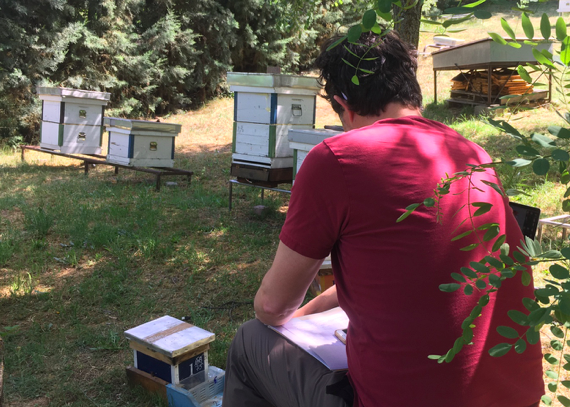Long-term transnational alliances have several cornerstones: one is common (research) interest, the second is the personal trust between involved principal researchers, and the third is the involvement of several generations. Last but certainly not least are funding possibilities.
Considering pressing issues in the world – from changing the environment, and disease management, to poverty – common research interest is not difficult to find. Regardless of the perspective in addressing the research questions – basic or applied – the topic is the easiest of the three.
Personal trust is different. It is difficult to obtain it in a short period of time. Some bona fides must be established at some prior point. One part of establishing bona fides in science is the good scientific rigour reflected in published scientific work, making one a desirable partner in research efforts. Building long-term transnational alliances requires the involvement of several generations of scientists. For example, the PhD students are probably the workforce in science, yet it is up to us, senior researchers, to promote them and embed them into the personal networks we set up. This includes short- and long-term scientific missions, training in techniques not familiar with, and engaging other, non-allied scientists at conferences. Such efforts cut down the time needed for young scientists to create their own networks.
Yet the key thing to any long-term research effort is funding. Transnational funding possibilities really give the options to jointly address the common challenges, each partner from their perspective and with their skills. Such funding also helps distribute the know-how from one nation to another.
However, I would like to point out some potential pitfalls that funders should be aware of if they have a long game in mind: the funding agencies should support migrations of young (and senior) scientists, providing them with the opportunity to learn and research topics they wouldn’t have access to. Funds should also include coverage of material costs and services. However, the funding agencies should also assist young scientists in returning to their countries and bringing back the acquired know-how. The second pitfall is administration: in some European countries, their own administration, which is supposed to assist scientists, is so rigid young perspective scientists can’t flourish. And some fundings require so much administration that a team is needed. The third pitfall is the expectations of funding organizations: some lead up to big and cumbersome consortia, which are supposed to address every aspect of the selected topic within four years. Funders should be aware that science takes small steps. Big jumps are rare. Consequently, I personally believe that i) smaller consortia are more efficient and ii) targets that are covered in the call should be fewer. The last pitfall is fashion: like in every field, also scientists know fashion. Some things are in, and some are out. This doesn’t mean that they are less important, oh no! Just their glamour diminished somewhat.
Returning to the beginning, I realize that I have dedicated the most time to pitfalls in funding. Funding is something that we senior researchers spent a lot of time thinking about. My humble wish is that one could afford to think less about funding and spend more on the first three cornerstones.
Dr Janez Prešern


